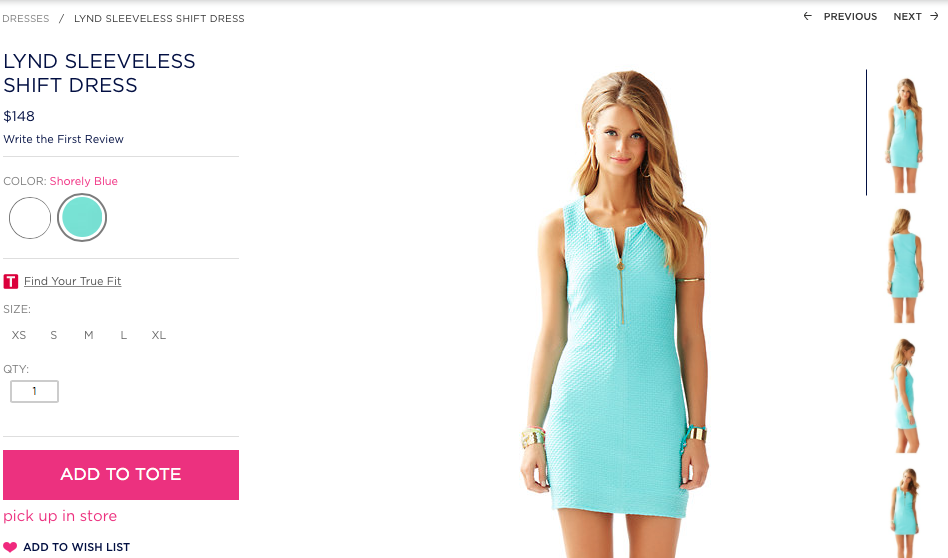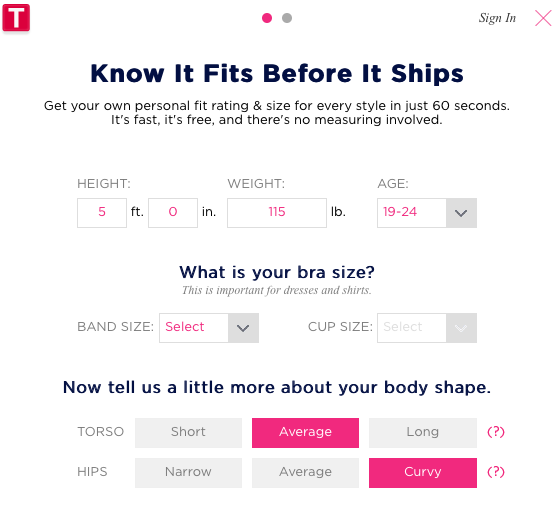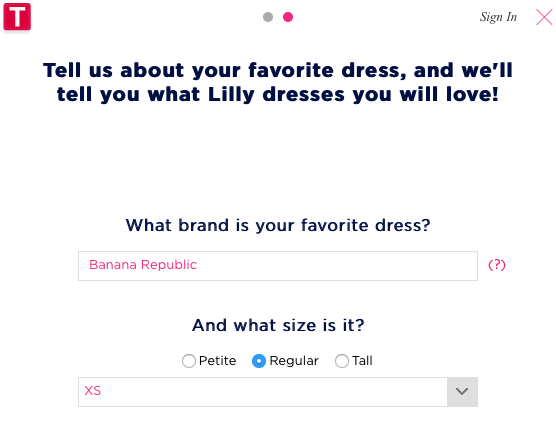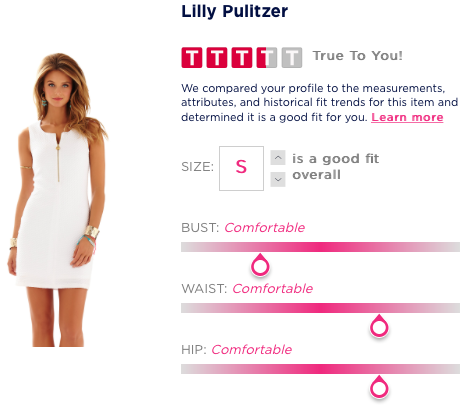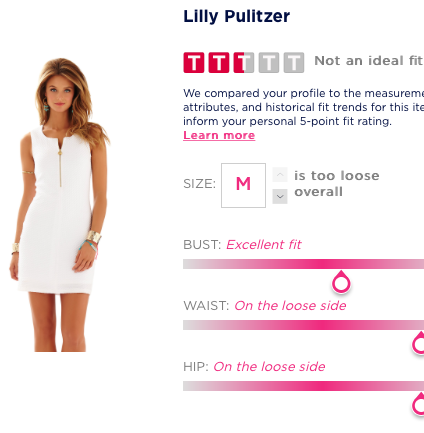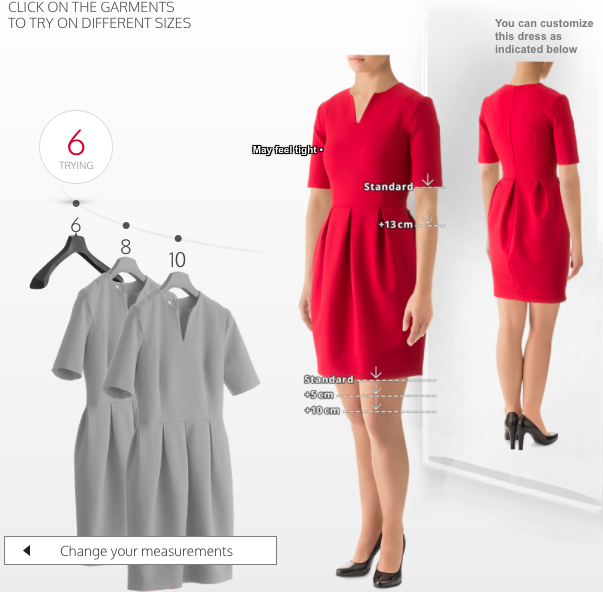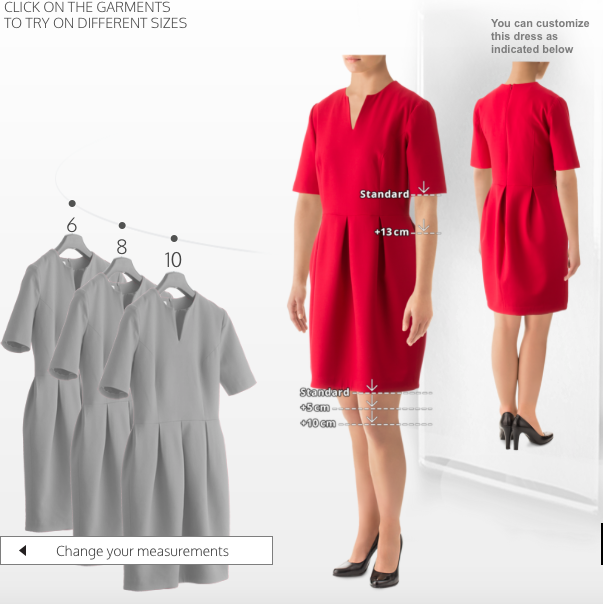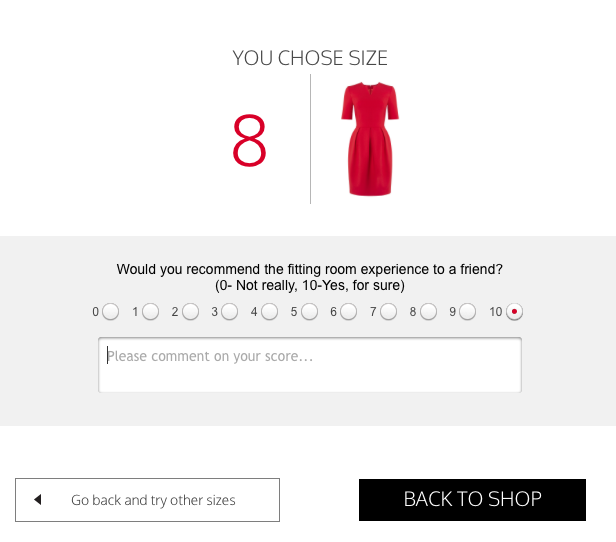Increase sales and improve customer loyalty with personalized marketing
Your customers want to feel special.
They want more than a one-size-fits-all mass marketing message from the brands they love.
Delivering a tailored experience to your customers isn’t just a touchy-feely thing.
A study found that 59% of shoppers who have experienced personalized marketing believe it has a noticeable influence on their purchasing decision.
A personalized shopping experience is particularly important for eCommerce websites when it comes to building connections with customers.
Thankfully, new technologies are making it possible for online merchants to deliver that warm and fuzzy feeling using personalized marketing:
Use Personalization To Increase eCommerce Conversion
The foundation of omnichannel personalization is the creation of a single customer view. After you have your 360-degree customer profiles set up, you can leverage the customer data in all of your customer touchpoints to deliver the right message and the right offer at the right time.
Personalized Product Recommendations
Today’s customers have little patience for recommendations that aren’t relevant to them.
75% of shoppers prefer to buy from a retailer that recognizes them personally by name, recommends products based on past purchases, browsing history, and other interactions with the brand.

Personalized recommendation is particularly well-suited for selling “long-tail” items that may not make it to other forms of product recommendations.
Customer history and preferences can also be aggregated to offer recommendations to new visitors by mapping their browsing behaviors to the preferences of registered users with similar interests.
Personalized Email Campaigns
Personalized emails with relevant content and promotions can help drive traffic to your eCommerce website and increase conversion.
To personalize your email campaigns, you can:
- Segment your email list based on buyer personas, taking into account how they think, what drives their decisions, how they buy, and what they’re trying to accomplish with your products
- Send triggered or behavioral emails based on customer’s interaction with your website. E.g. when they abandon their carts, recently made a purchase or have browsed a series of similar items
Personalized Content Marketing
Content marketing is a great way to cultivate trust and nurture relationships with your potential customers by building brand awareness and providing value.
It also allows you to target customers who are in specific stages of their buyer’s journey with highly relevant information.

You can target content to your audience through email campaigns, personalized website view, or social media marketing campaigns.
With an omnichannel marketing platform, you can track the audience’s interaction with your content across all touch points to effectively move them along the purchasing path.
Personalized Mobile Marketing
Mobile marketing includes the use of SMS, MMS, In-App Ads, QR Codes, etc. to deliver messages to shopper’s mobile devices.
To deliver highly-personalized messages and offers to your customers without being a nuisance, you need to:
- Track user permission
- Focus on making connections and building relationships
- Pay attention to the frequency of push notifications
- Deliver messages that match the context
- Allow recipients to control the amount of communication they want to receive from you
Personalization is the key to unlocking the power of omnichannel marketing so you can be in the right place at the right time with the right message.
Many retailers who implemented personalization strategies have benefited from this technology:
- 74% enjoyed a boost in sales
- 61% saw an increase in profit
- 58% experienced a swell in online traffic
- 55% made improvement in customer loyalty
If you’re ready to increase the sales and conversion rate of your eCommerce store, see how our omnichannel marketing and hyper-personalization platform can give you the tools to succeed.



